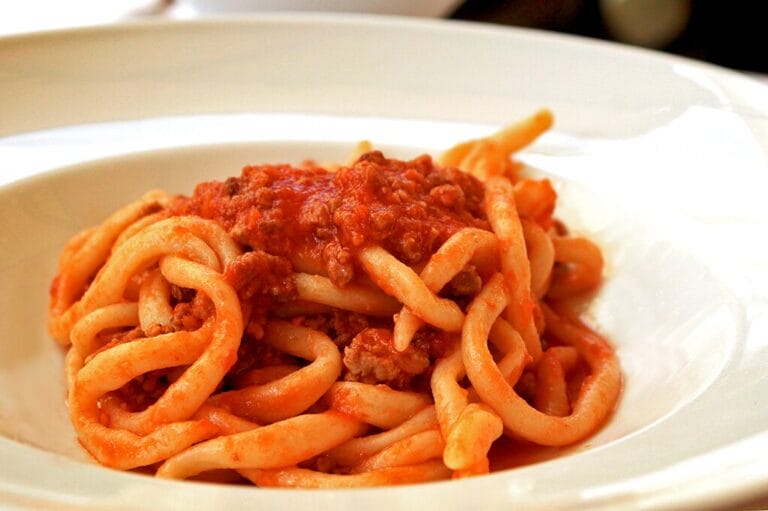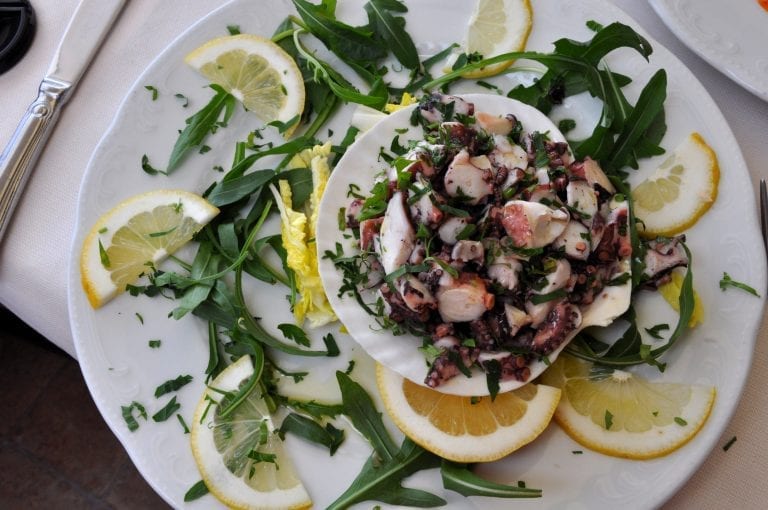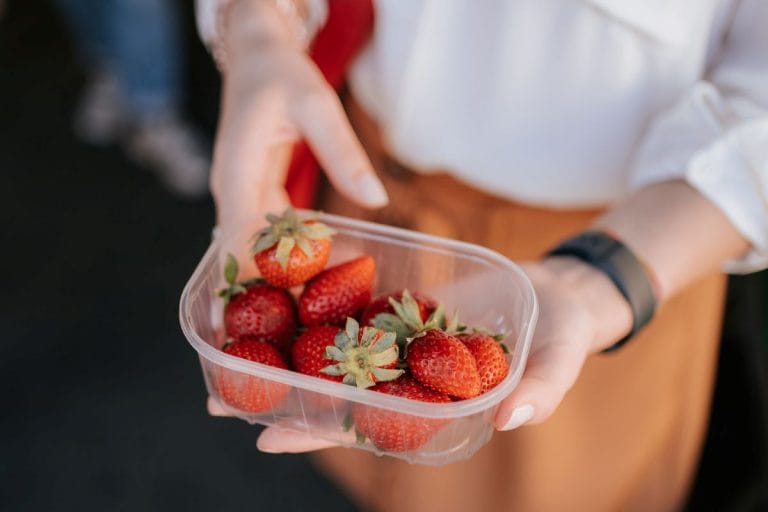
Salumi, Salami, & Sausage: A Guide to Italian Cured Meats
June 18, 2025
No trip to Italy is complete without trying some salumi – the catch-all term for Italian cured meats. You’ll see this word (along with the actual product) everywhere in Italy. However, the sheer abundance of different types and styles can overwhelm visitors. Never fear, our guide to Italian cured meats will help you navigate.
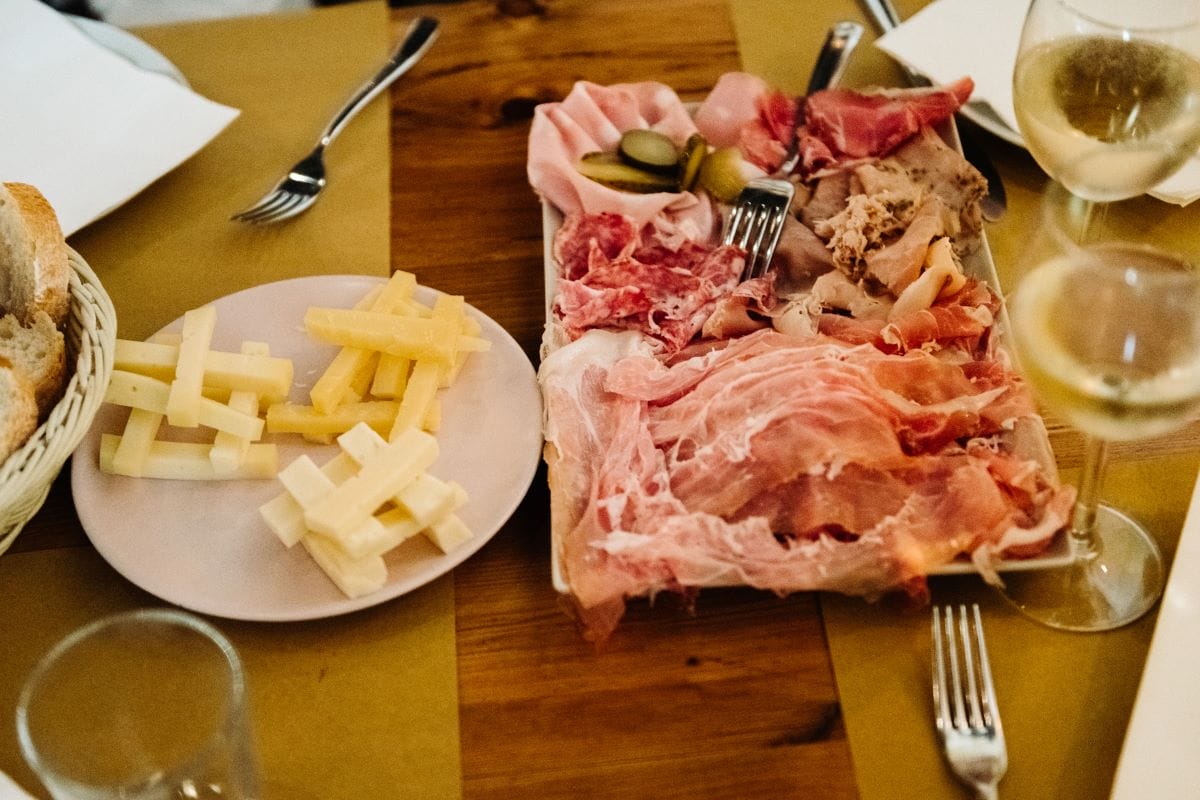
So what exactly are “salumi”? Think of them as Italian deli meats or Italian cold cuts. The word salume (the plural is salumi) literally means “salted meat”.
Though most Italian salumi use pork, you can also find salumi made from wild boar, deer and even horse. (We’ve told you before, Italians love pork – in all its forms!) Actually, hundreds of different kinds of salumi exist in Italy. Italian cured meats vary based on region, fat content, casing, seasoning and methods of curing. Artisans often use traditional techniques and preserve recipes passed down through generations.
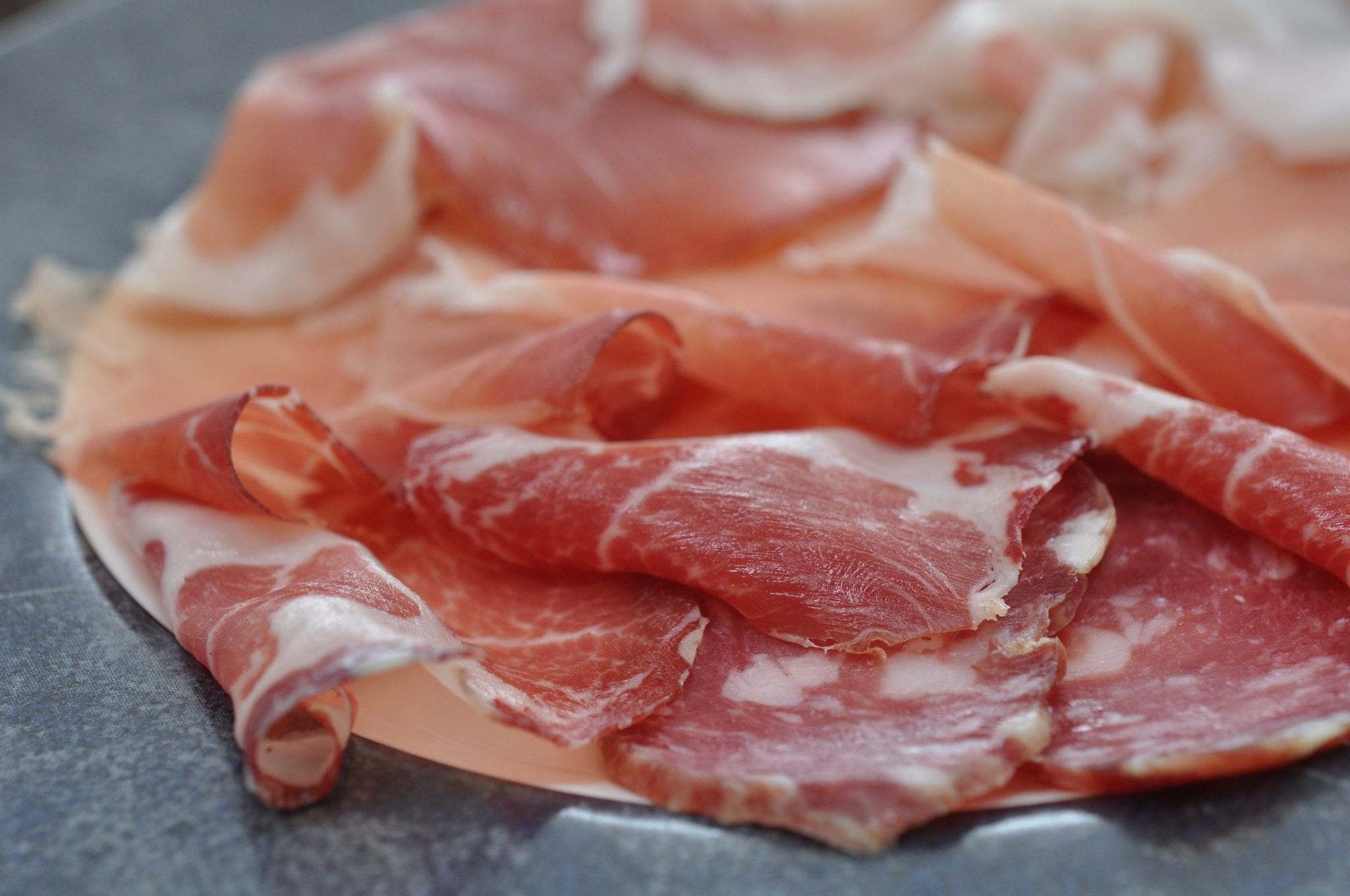
The umbrella term “salumi” includes all Italian cured meat and breaks down into three sub-categories: salumi, salami, and salsiccia.
- True salumi (as opposed to the more general use of the term) are cured meats made from a whole cut of an animal, usually a shoulder or thigh. The most famous of these Italian cold cuts is prosciutto, a staple appetizer in many Italian households and a must-have on any charcuterie board.
- Salami (singular: salame) are a specific type of salumi that artisans air dry, smoke or salt and left to age. These are usually what you think of when you see the word “salami” in the states, but can also include soppressata and American “pepperoni” (more on that below).
- Finally, you have salsiccia, or sausage, which is ground and encased. It is either raw or cooked slightly before serving. You can almost always consider this a subgroup of salami. Salsiccia features in many traditional recipes across Italy.
Confused yet? It’s okay, there are a ton of choices. While nothing beats taste testing to learn more about all the different salumi, our guide to Italian cured meats helps you know what you’re eating – whether it’s salumi, salami or salsiccia! Don’t forget, a perfect wine pairing can elevate your salumi experience even further.
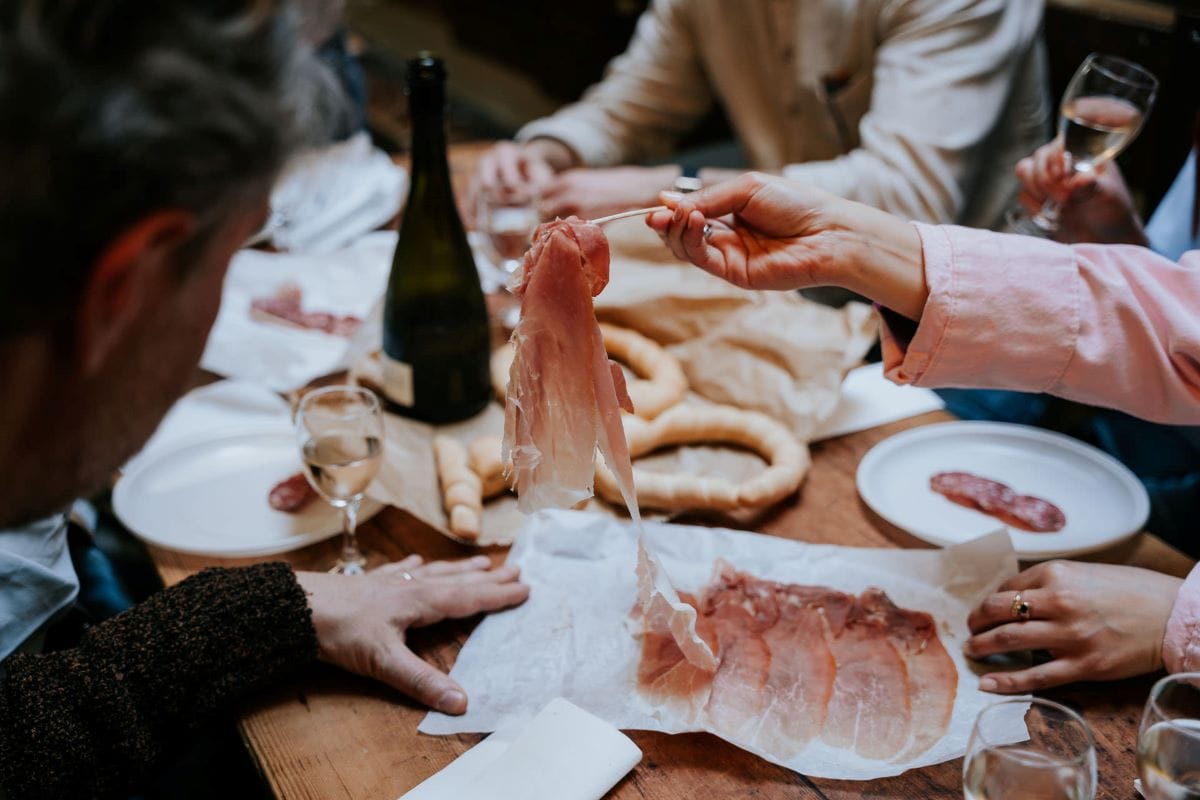
Table of Contents
ToggleDiscover the Ultimate Food Experience in Florence: A Deep Dive into Italian Cuisine and Cured Meats
If you’re ready to truly taste Florence, the Walks of Italy Florence Food Tour is the definitive culinary immersion—ideal for anyone ready to buy in and explore Italian food culture first‑hand. Over roughly 3½ hours, you’ll stroll through the authentic Sant’Ambrogio and Oltrarno neighborhoods with a guide who’s as passionate about cured meats and regional cheese as they are about local lore. Expect to sample top-tier Tuscan salumi—like finocchiona, prosciutto, and even bardiccio—directly from expert butchers who explain the centuries-old curing techniques. Along the way you’ll sip Tuscan wine in hidden enoteche, try bruschetta and focaccia, taste cantucci biscuits, and dip gelato to finish—each stop handpicked to reveal the stories and flavors that define Italian food. You’ll meet the discreet but charismatic artisans behind each stall—from coffee makers and bakers to cheese and salumi masters—leaving you with a richer appreciation of Italy’s food system, its cured‑meat heritage, and why these simple ingredients mean everything. This isn’t just eating; it’s learning and owning that experience—making it the best tour for anyone serious about understanding Italian cuisine.
Ready to eat like a local and understand the soul of Italian food? Book your spot on the Florence Food Tour now

Salumi
Prosciutto, crudo and cotto
Prosciutto is by far the most famous type of salumi. Artisans make it from the leg of the pig. It is a dry-cured ham that comes either uncooked (prosciutto crudo) or cooked (prosciutto cotto, similar to what Americans simply call “ham”).
- Prosciutto Crudo di Parma is perhaps the most well-known in the world of salumi, named after its hometown of Parma.
- Prosciutto di San Daniele vies heavily for the world’s attention.
- The difference is in the aging. Prosciutto di Parma is aged about 10-12 months, while San Daniele is aged 15-18 months and is much sweeter than Parma ham.
If you love your ham as much as we do, check out our blog on everything you need to know about prosciutto.

Speck
Speck is a type of prosciutto, but the flavor is very different. Artisans smoke and robustly season it, then slice it very thin. While prosciutto on a pizza is normal, you can go for the speck with scamorza cheese to really impress your waiter! Producers in Trentino-Alto Adige smoke, dry salt, and age the pig thighs 5-6 months to give speck its distinct flavor.

Bresaola
Bresaola is a super local cured meat made in Valtellina in Lombardy. Unlike most, artisans make it of beef, and the cut is super lean, with almost no fat at all. They salt, spice, and air dry the beef, producing bresaola’s signature rich red color. Try eating it simply with a spritz of lemon and a bit of oil to really taste its flavor.
- Bresaola is one of the few Italian cured meats made from beef.
- It is known for its lean cut and deep red color.
- A simple drizzle of olive oil and lemon best highlights its flavor.

Mortadella
We have “baloney,” but those living in the real town of Bologna enjoy mortadella, a cured bologna-style meat that is worlds apart from supermarket slices of bologna. While baloney can be rubbery, mortadella is smooth and has an authentic taste of pork. It also has huge cubes of lard throughout for flavor. Sometimes, pistachios and garlic are added as well. Mortadella is often eaten as a pre-dinner appetizer and is another treat to include on a charcuterie board.

Pancetta
Pancetta is Italian bacon made from pork belly, cured and spiced with some black pepper. It’s the closest thing to the bacon we know and love, and possibly even more delicious! Italians rarely eat it plain for breakfast. Instead, they use it to add flavor to favorite dishes. Similar cuts of meat are lardo, which is just pure fat, and guanciale, which is made from pig cheek (guancia, in Italian) and also has a high fat content. High fat, yes, but the Italians always maximize flavor! Pancetta is a key ingredient in many traditional recipes, especially in Roman pasta dishes.
- Pancetta, guanciale, and lardo bring rich, savory flavors to Italian cuisine.
- Romans use guanciale in classic pasta dishes like carbonara and gricia.
- Pancetta provides the base for many sauces and stews.
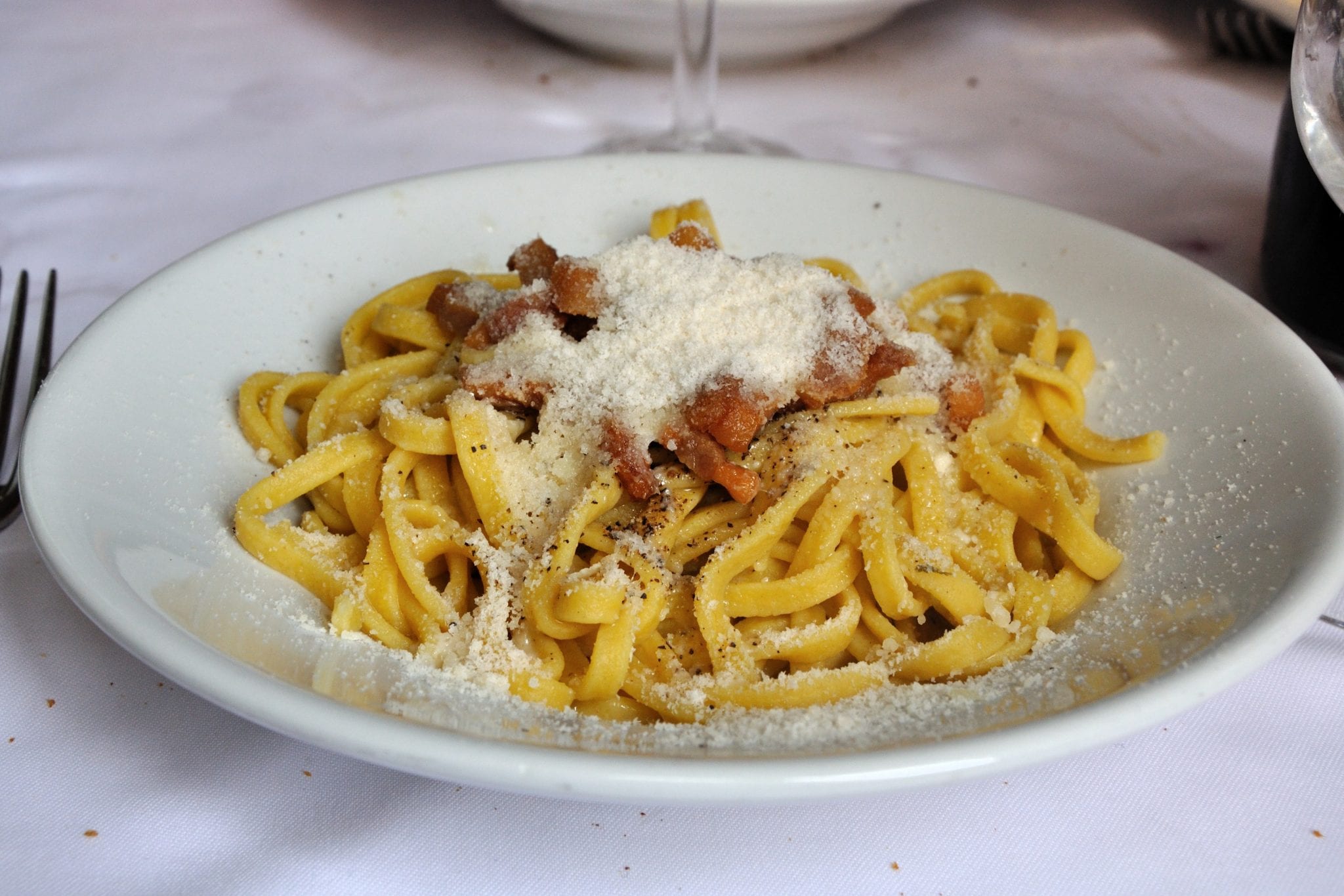
If any of these meats sound delicious to you, the regions of Bologna and Emilia-Romagna are a must-visit. Read about some of their meaty, mouth-watering specialties in our blog.
Salami
Salame Genovese or Milanese
Genoa Salami is perhaps the most popular type of salami in the United States. It is very finely ground with tiny flecks of fat visible. Milano Salami is similar, but ground even finer. Actually, nearly as many types of salame exist as there are regions in Italy. Tuscan salami tends to have larger chunks of fat in it. Meanwhile, spices and herbs liven up other types like fennel salami. You can serve these artisanal salamis on appetizer platters or enjoy them with a good wine pairing.

Salame piccante
Salami piccanti (salame piccante, in the singular) are what Americans call pepperoni. Pepperoni in Italian are actually sweet bell peppers, so be careful what you order for your pizza! Most notably made in Calabria, salame piccante is salame spiced with red peperoncino peppers (hence the name mix up). Its spicy kick makes it a favorite on charcuterie boards and as a bold appetizer.
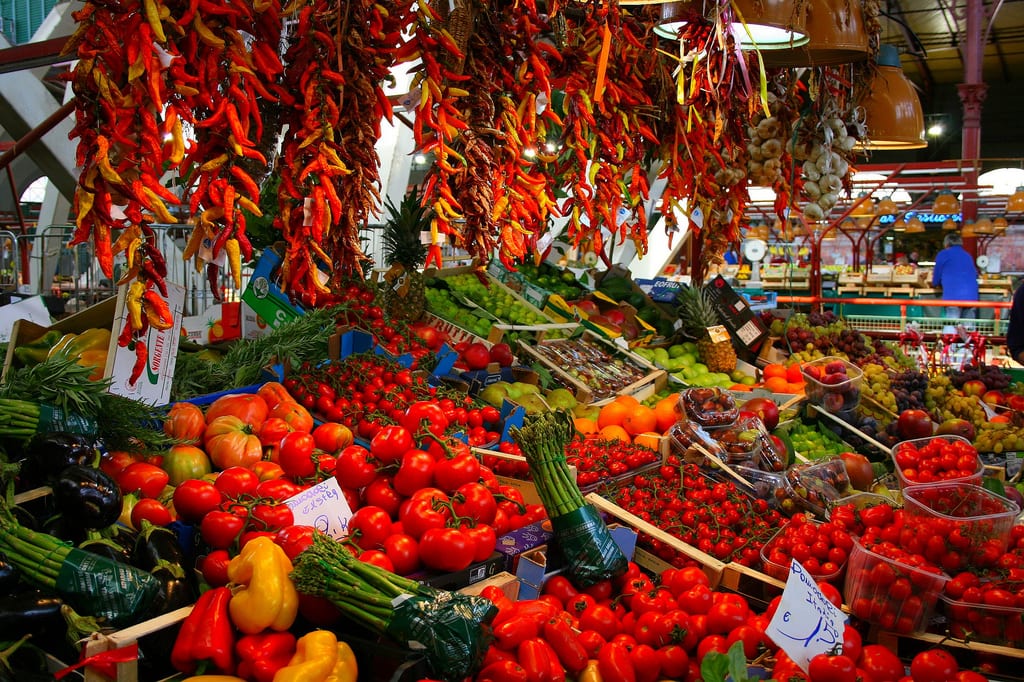
‘Nduja
Nope – that’s not a typo. ‘Nduja comes from Calabria in the south of Italy. Pronounce it “en-du-ya”. The salame gets its name from the Calabrese dialect. ‘Nduja is a spreadable spicy salami made of various parts of a pig, including the shoulder, belly and liver. However, the most important ingredients are the spicy red peppers. Producers add these generously before aging the meat up to one year. (Can you see a trend with the Calabrese and pepperoncini?) Be careful because ‘Nduja is hot! You can find it in an antipasto spread, in pasta sauces or, of course, on top of a pizza. Check out more of Calabria’s delicious foods in our blog.
Soppressata
Soppressata is made from a variety of pig parts as well, which vary region to region. Actually, soppressata can be a type of salame, like the types from Tuscany and Liguria, or a type of cured dried sausage, like the variations from Basilicata, Calabria and Puglia. Though spices and seasoning vary, it is most commonly made with red peppers and can be a bit spicy, though not as spicy as ‘Nduja. Usually it’s a bit more coarsely ground than salami, making it the perfect rustic salame to slice down and eat plain with just a piece of bread and cheese. Soppressata is a must-try for anyone building an artisanal charcuterie board.
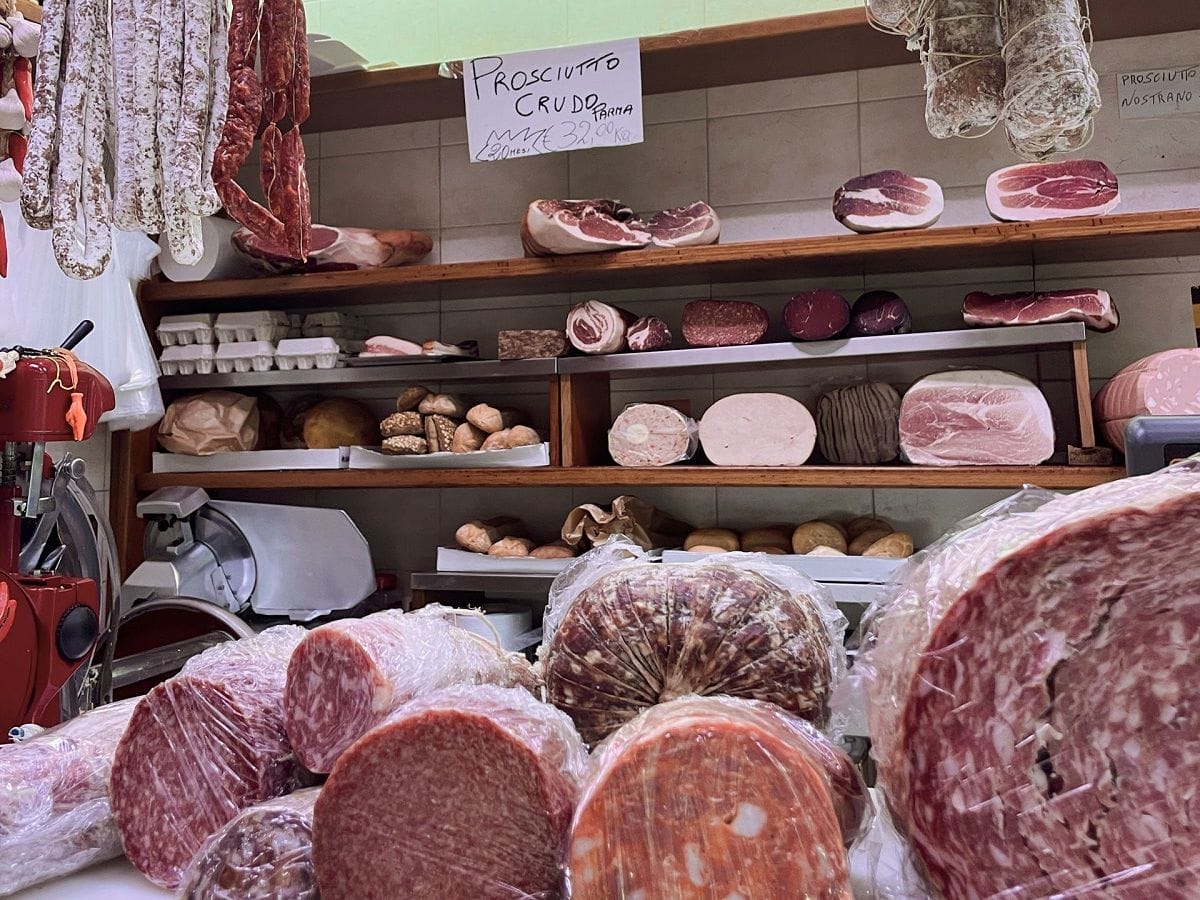
Sausage
To be considered a cured Italian sausage, butchers grind the meat before encasing it. Sausage differs from prosciutto and speck, which are made from an entire cut of the animal. In general, salami falls into this category, but some meats can only be defined as sausage. Here are two of our favorites:
Luganega
Luganega is sausage flavored with fennel seeds and black pepper. You can often find it in risotto recipes, such as risotto alla monzese, made with saffron and savory luganega sausage.
Cotechino
Cotechino is especially popular in Emilia-Romagna and Lombardia. Chefs serve a large cut of raw sausage boiled for hours, then mixed in with lentils. Italians eat this rich meal on New Year’s Eve for good luck. If you like the sound of cotechino, read more about Italy’s regional food in our all-inclusive post, There’s No Such Thing As Italian Food (And What to Eat Instead).
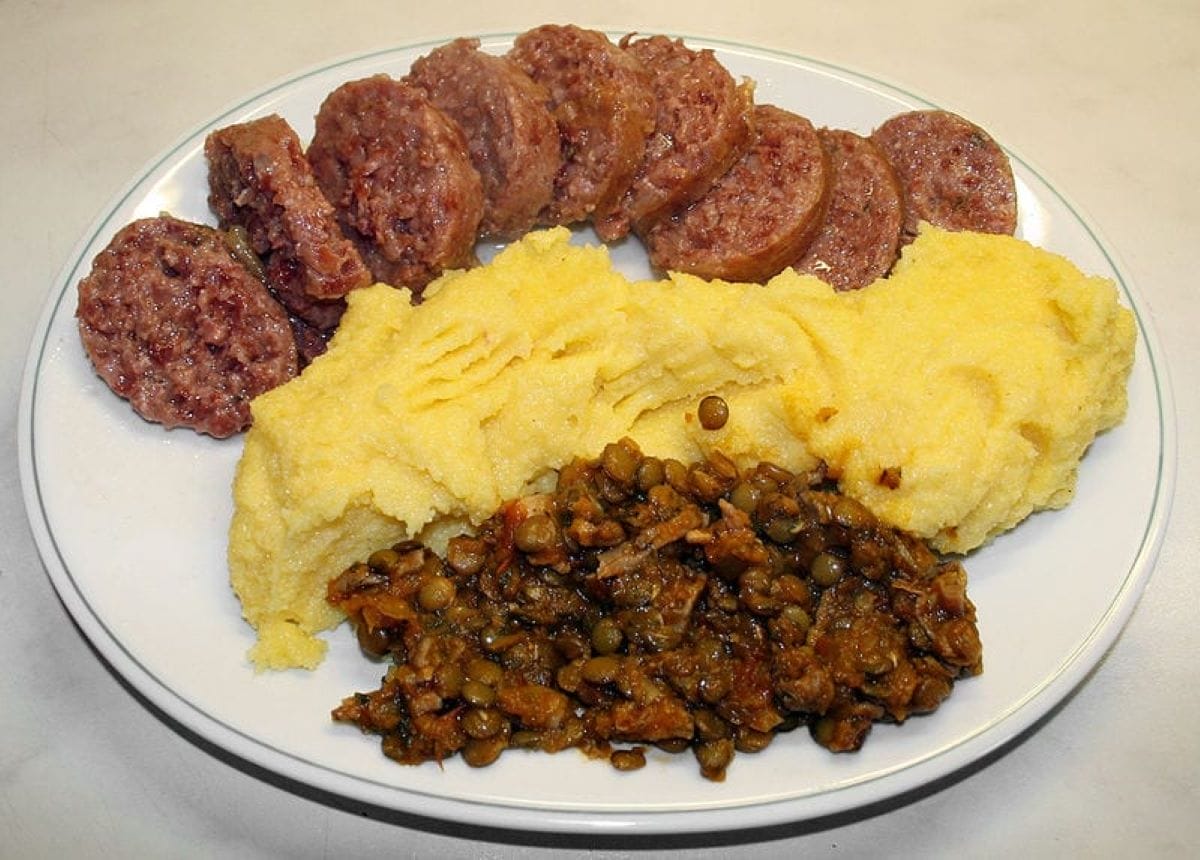
FAQ: Italian Salumi, Salami & Sausage
What is the difference between salumi and salami?
Salumi refers to all Italian cured meats, including whole-muscle cuts like prosciutto and pancetta, as well as sausages and salami. Salami (singular: salame) is a specific type of cured sausage that artisans air dry, smoke, or salt and leave to age. In short, all salami are salumi, but not all salumi are salami.
What should I include on an Italian charcuterie board?
A classic Italian charcuterie board (antipasto platter) often features a mix of artisanal salumi such as prosciutto, mortadella, speck, bresaola, a selection of salami (like Genoa or soppressata), and some sausages. Don’t forget to add Italian cheeses, olives, and fresh bread. Pair your board with a good wine for best results!
Which Italian cured meats are typically served as an appetizer?
Prosciutto, mortadella, and bresaola all make excellent appetizers. Slice them thinly and enjoy with cheese or bread. These meats start any meal or social gathering off right.
Are there traditional wine pairings for salumi?
Absolutely! Many Italian wines pair beautifully with salumi. Lighter reds like Chianti or Lambrusco complement fatty meats like prosciutto and salami. In contrast, a crisp white wine pairs well with leaner cuts like bresaola. The key is to match the intensity of the wine to the richness of the meat.
Are Italian cured meats made only from pork?
While pork is the most common meat used in Italian salumi, you can also find delicious options made from beef (like bresaola), wild boar, deer, and even horse. Regional recipes often inspire these unique choices.
Want to learn even more? We’d be happy to teach you the differences in our Italian Food Tours in Florence, Rome, Naples, and Venice!
by Gina Mussio
View more by Gina ›Book a Tour

Pristine Sistine - The Chapel at its Best
€89
1794 reviews

Premium Colosseum Tour with Roman Forum Palatine Hill
€56
850 reviews

Pasta-Making Class: Cook, Dine Drink Wine with a Local Chef
€64
121 reviews

Crypts, Bones Catacombs: Underground Tour of Rome
€69
401 reviews

VIP Doge's Palace Secret Passages Tour
€79
18 reviews

Legendary Venice: St. Mark's Basilica, Terrace Doge's Palace
€69
286 reviews









